
If you’re even slightly into skincare, you’ve probably heard of squalane by now. It has popped up on label after label in the beauty industry over the past few years and with good reason. Squalane is one of those rare ingredients that seem to be well-tolerated by all skin types. Derms love it, editors love it, and if you haven’t given it a try for yourself, let me have a minute of your time to convince you. Still not sure what I’m talking about? No worries—this article will explain everything.
I asked a couple of my favorite derms to give us the full scoop on this one. According to them, squalane is a hydrogenated form of squalene. “Squalene is a naturally occurring, organic compound in our skin, but it is unstable in its pure form,” says board-certified dermatologist Lauren Penzi, MD. “It’s also found in plants, including olive, palm, wheat germ, amaranth, and rice bran. In order to stabilize squalene and harvest it for use in skincare products, it is converted to squalane.”
Below, you’ll find everything you need to know on this ingredient, including the benefits of using it, the whole squalane-versus-squalene debate, and the best products to buy containing it. Keep reading.
Good news—if your skin is ultra dry or you’re struggling with a bit of barrier damage, squalane is just the ingredient for you! Dermatologists love it because it’s extremely hydrating and is pretty similar in nature to the oil produced by our own skin. Penzi weighs in on the powerhouse ingredient. “Squalane is a fantastic hydrating ingredient for those with skin barrier disruption and transepidermal water loss,” she says. “It is an excellent occlusive moisturizer and is a great choice for those with dry, sensitive skin. It is also a great choice for those with mature, aging skin. It has been found to fight free-radical damage in our skin as an antioxidant, which helps to combat photodamage and signs of aging like wrinkles and discoloration. It’s also gentle enough to be tolerated by all skin types and has little to no adverse side effects.”
Marisa Garshick, MD, also adds that squalane can really help soften and smooth out the skin. “It also provides anti-inflammatory benefits, helping to calm redness and inflammation,” she shares. “It can be used in combination with other active ingredients to help improve tolerability. It really helps to moisturize the skin without leaving the skin feeling greasy.”

I also want to clear up a bit of confusion surrounding squalane versus squalene. Choosing the right skincare for you can already be an overwhelming and confusing journey. When ingredient names start to look almost identical, it can definitely create more of a problem. Luckily, our derms were able to easily explain this one. “Squalene is naturally produced by sebaceous glands and found naturally in the skin and helps to keep the skin moisturized. Squalane is the hydrogenated version of squalene and is what is found typically in skincare products,” says Garshick.
Penzi elaborates calling squalene a “natural wax-like substance that is a major component of skin surface polyunsaturated lipids.” Basically, squalane is so well-tolerated by all skin types because it’s so close to the makeup of our own skin. I have pretty sensitive skin myself and have found it to be one of the best ingredients to help repair my barrier and keep my skin hydrated during the winter. For each of Garshick’s and Penzi’s favorite products containing squalane, keep scrolling.
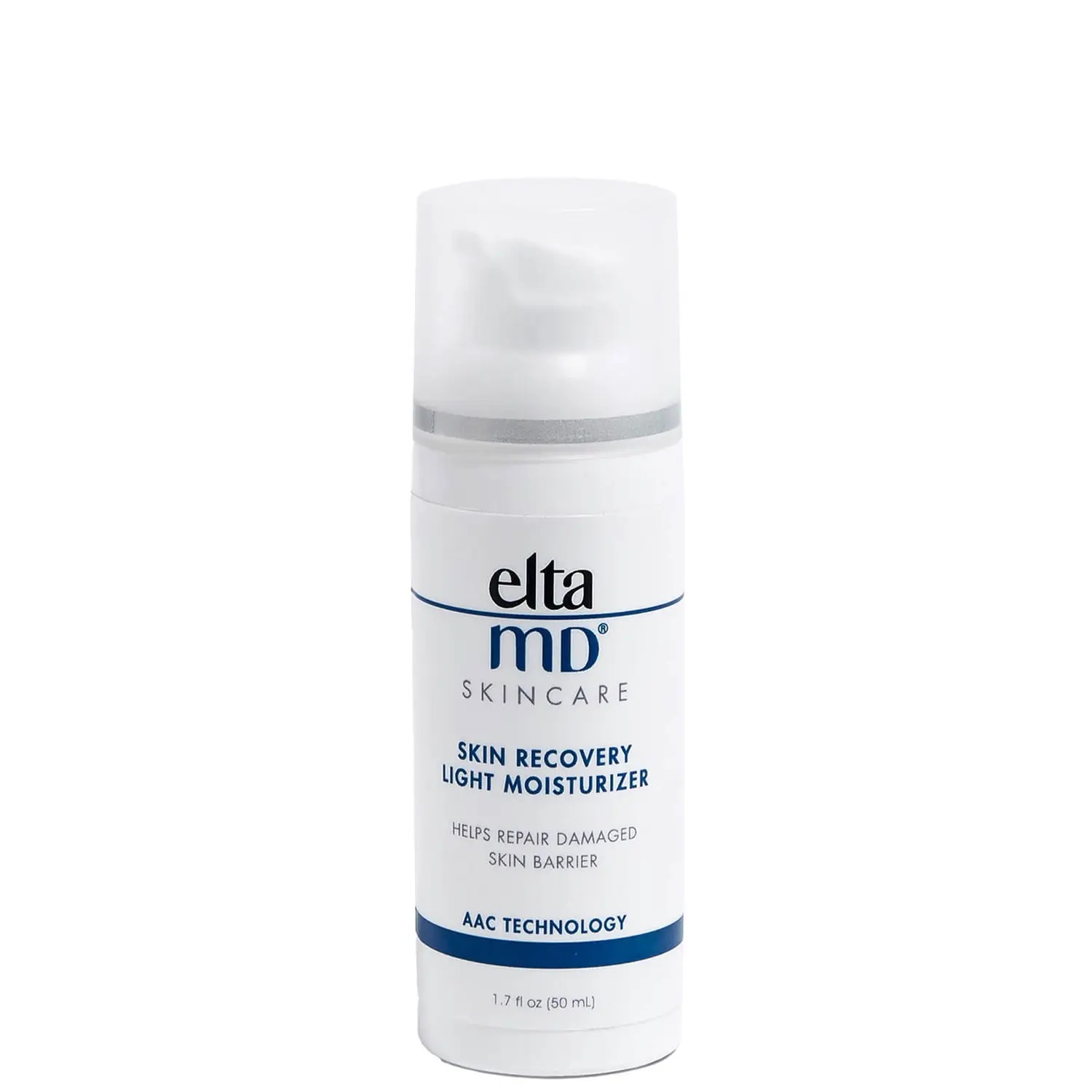
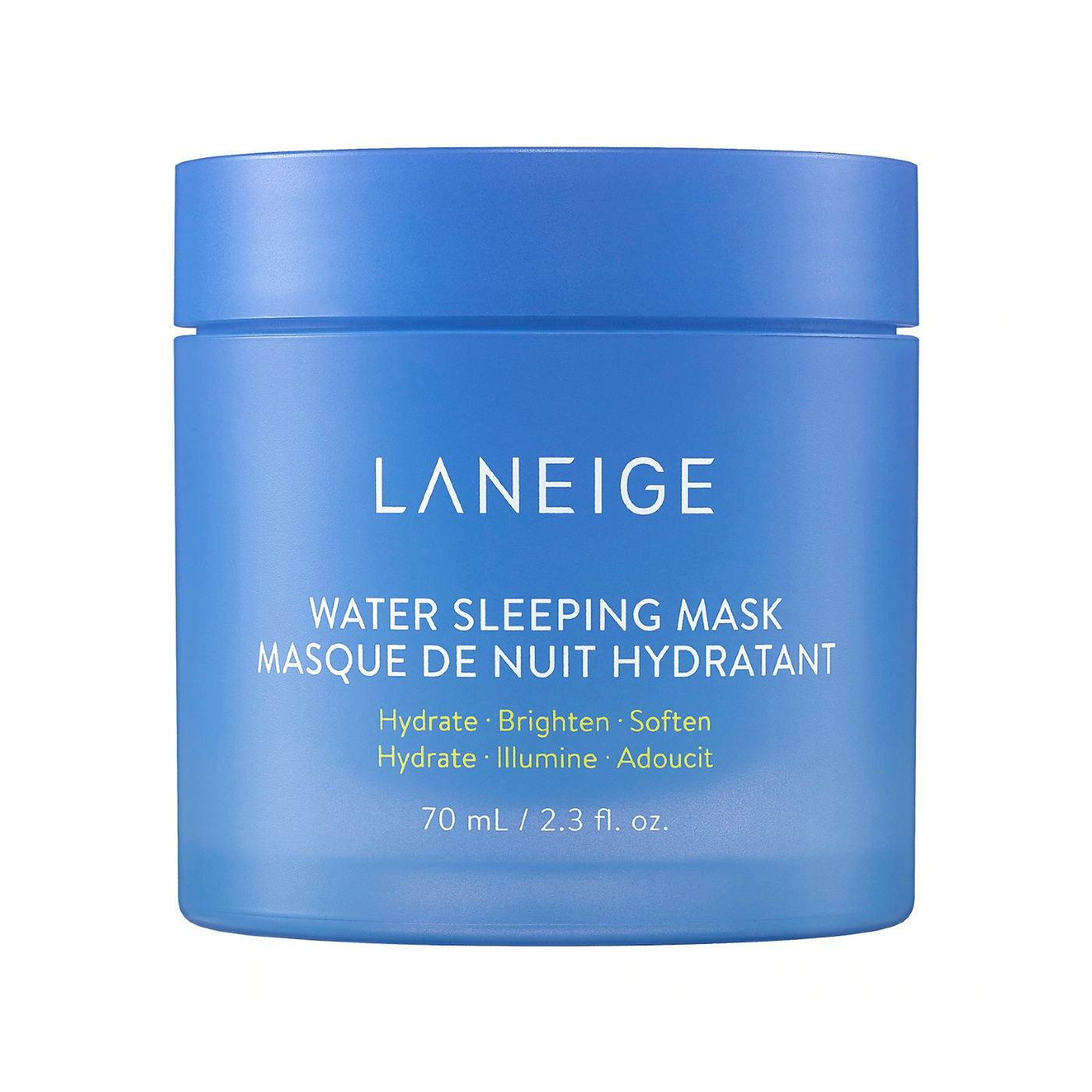

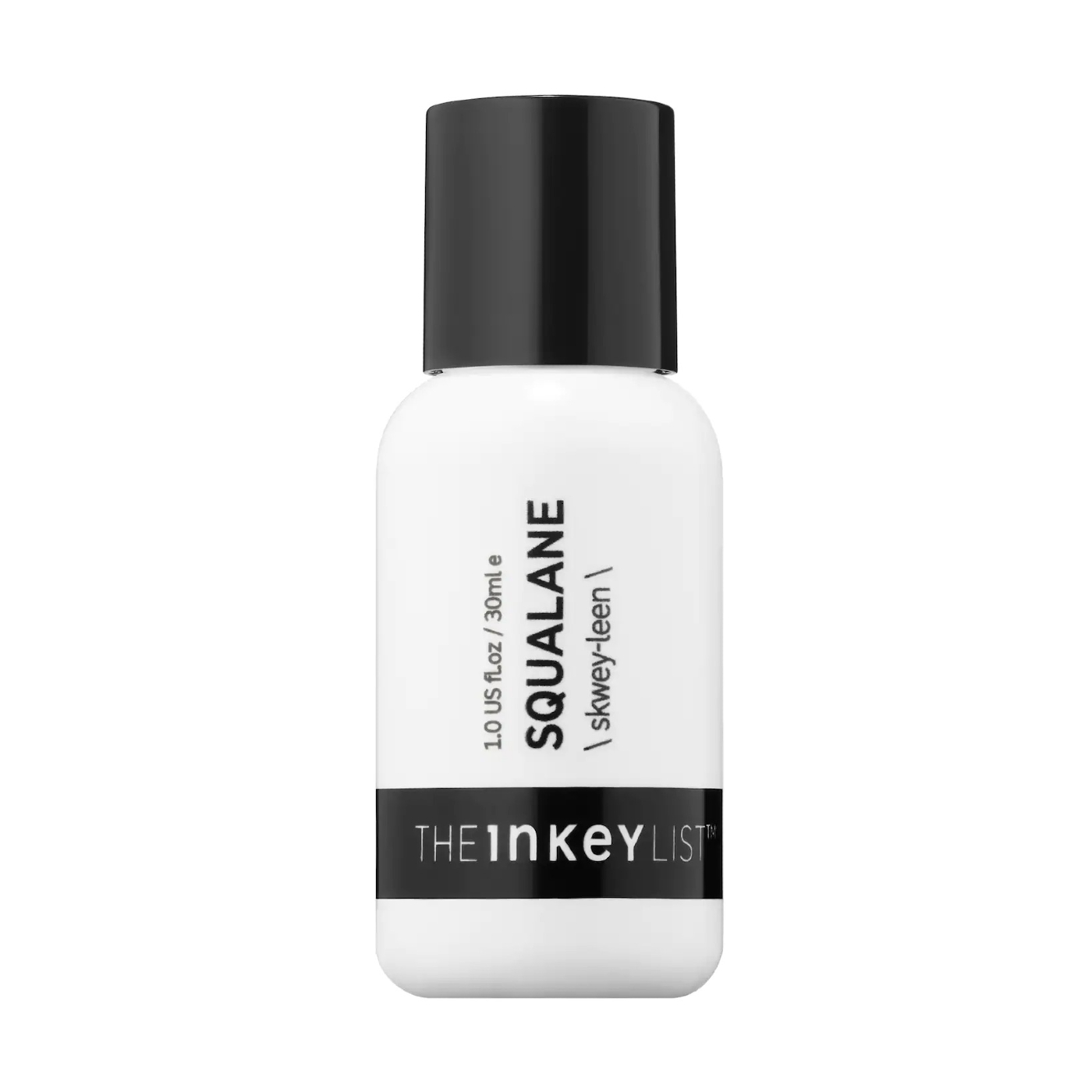
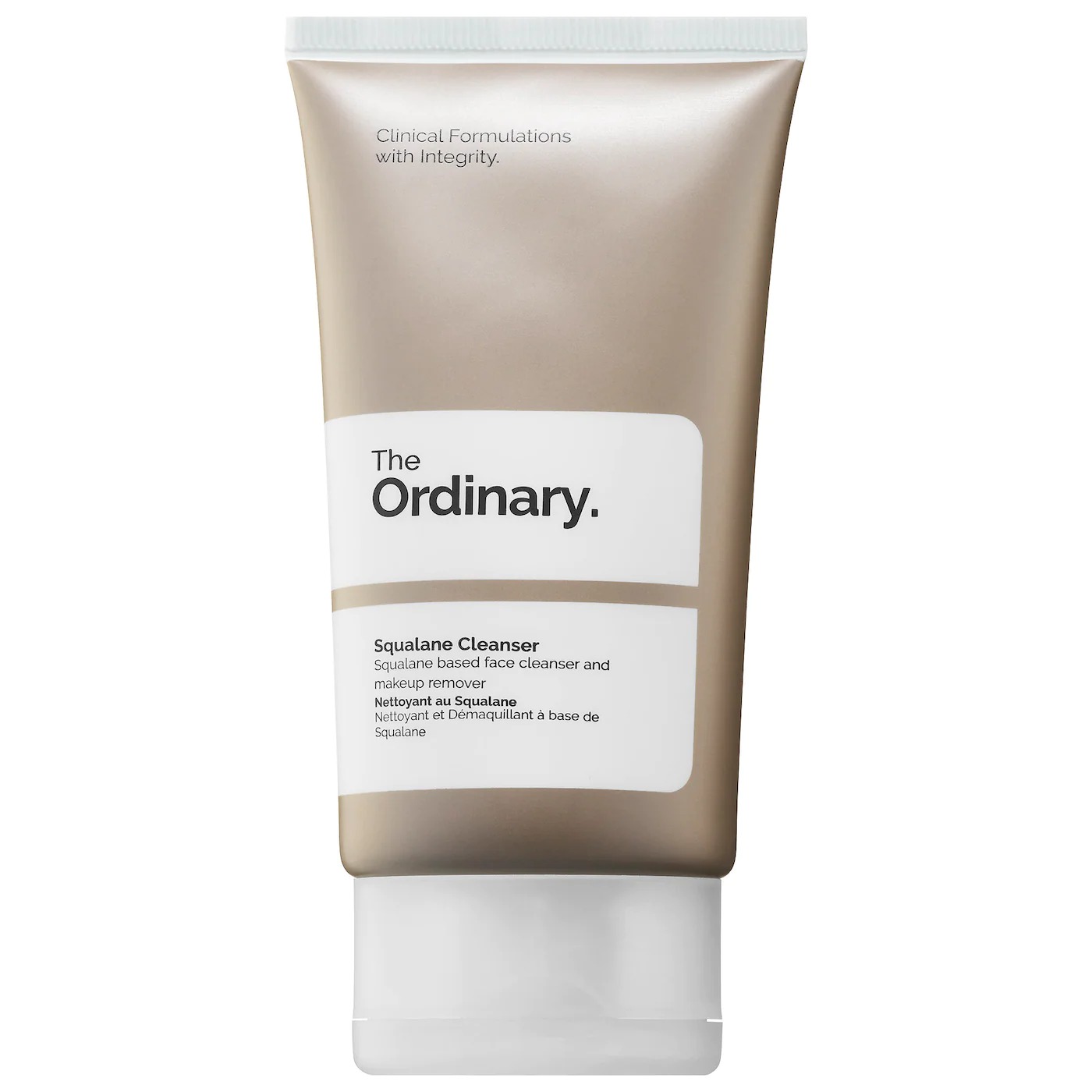
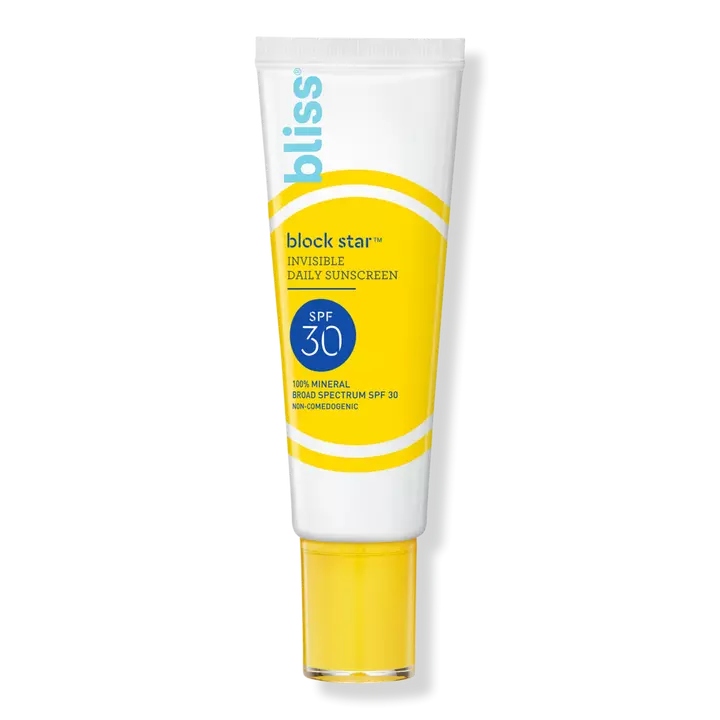
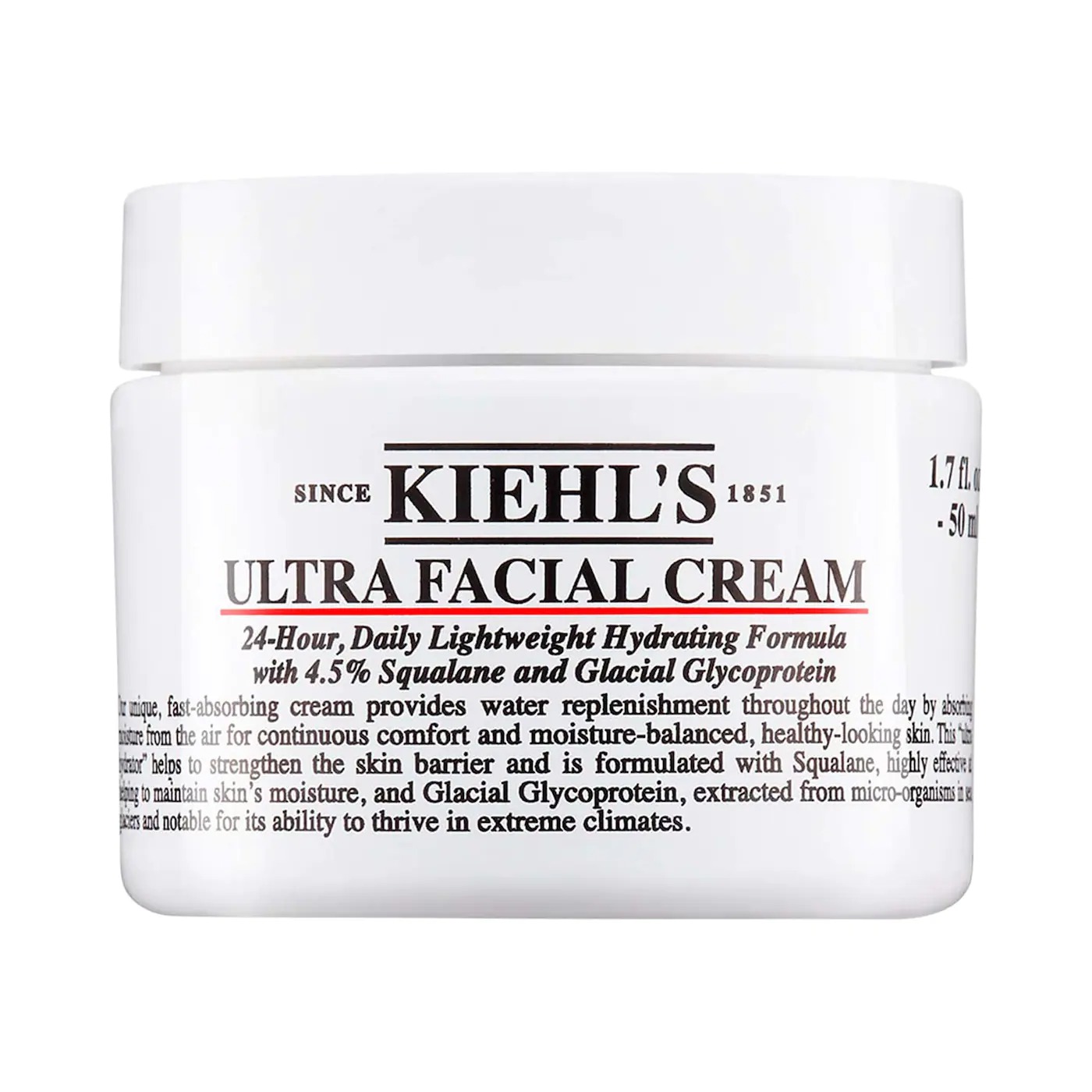
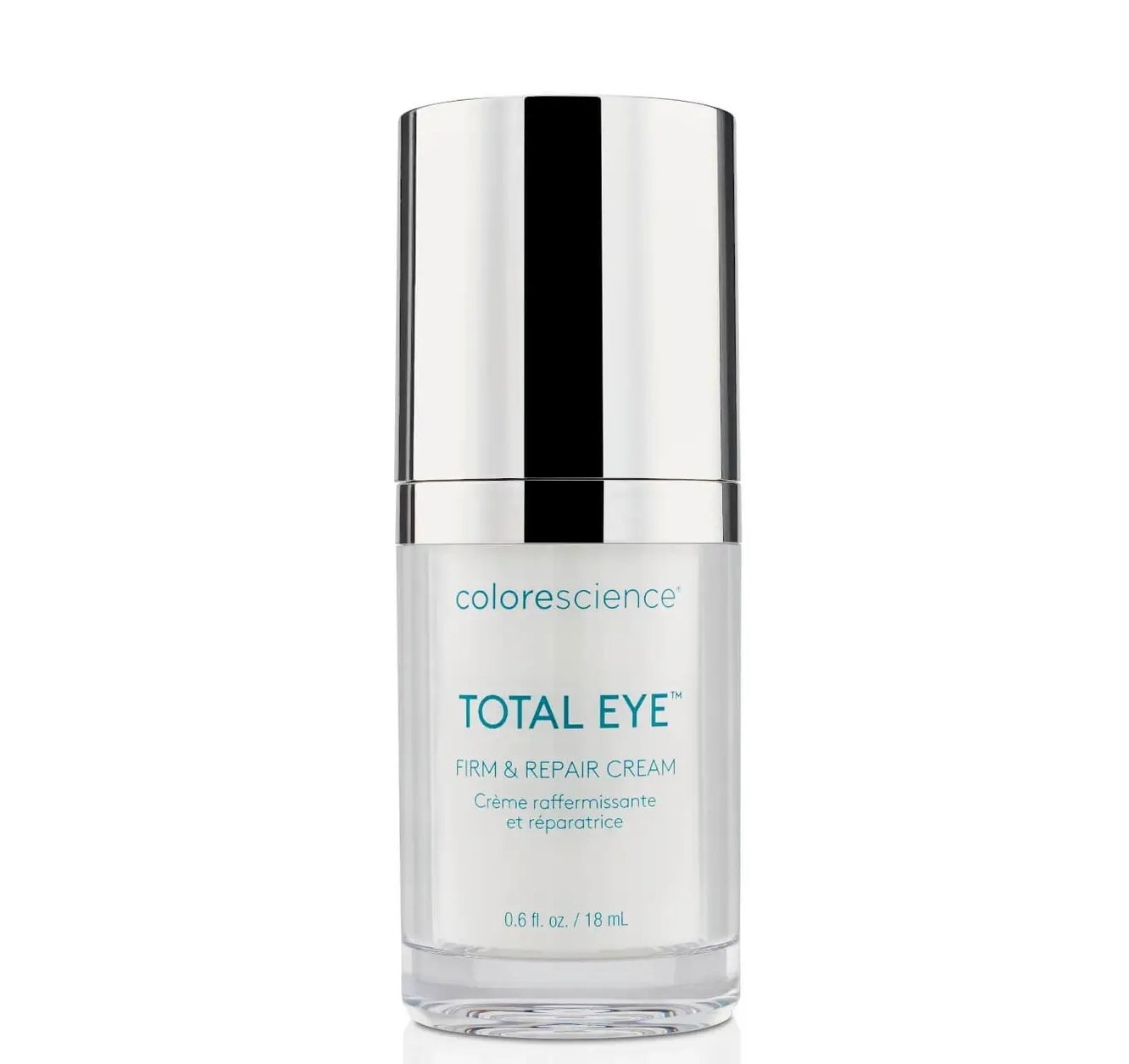
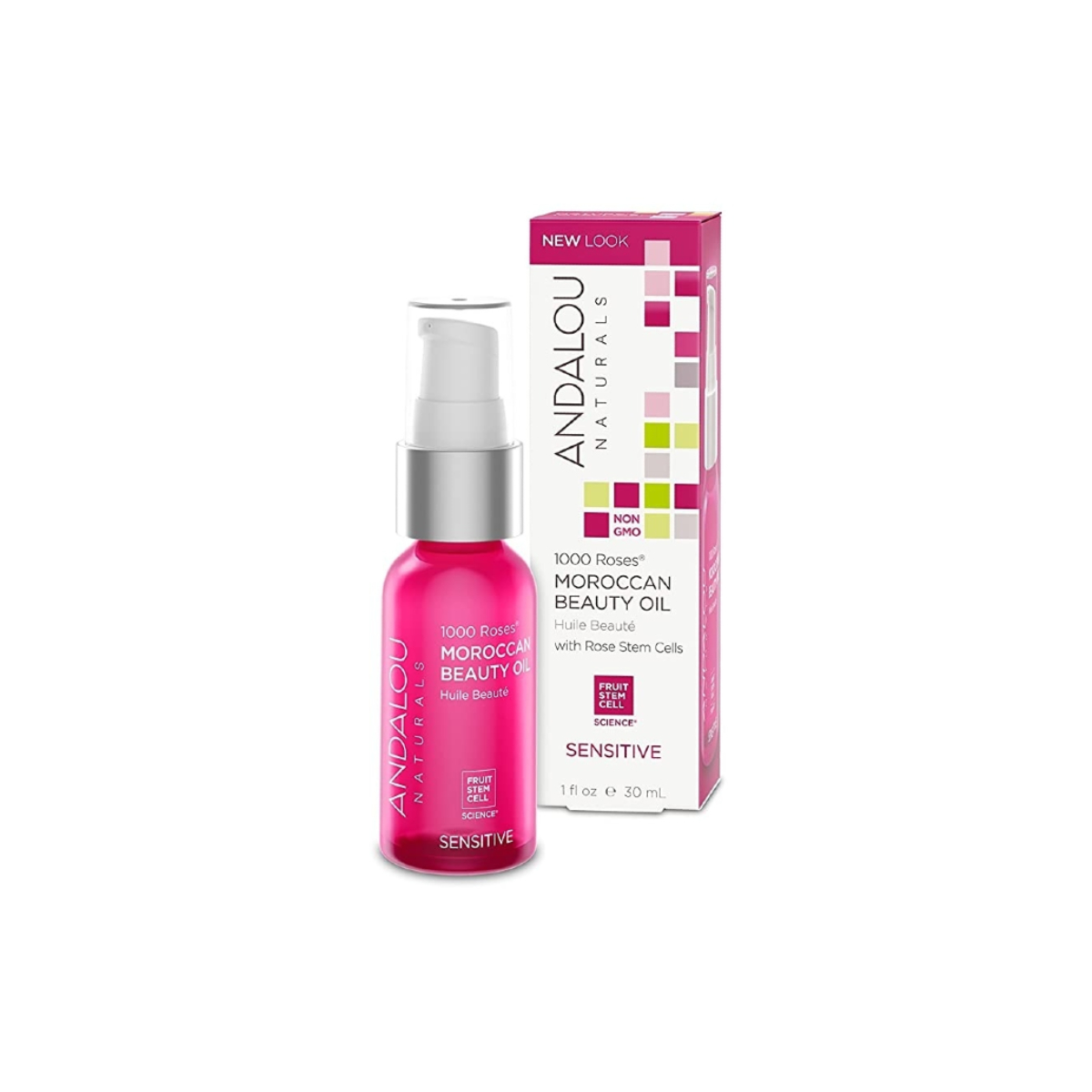
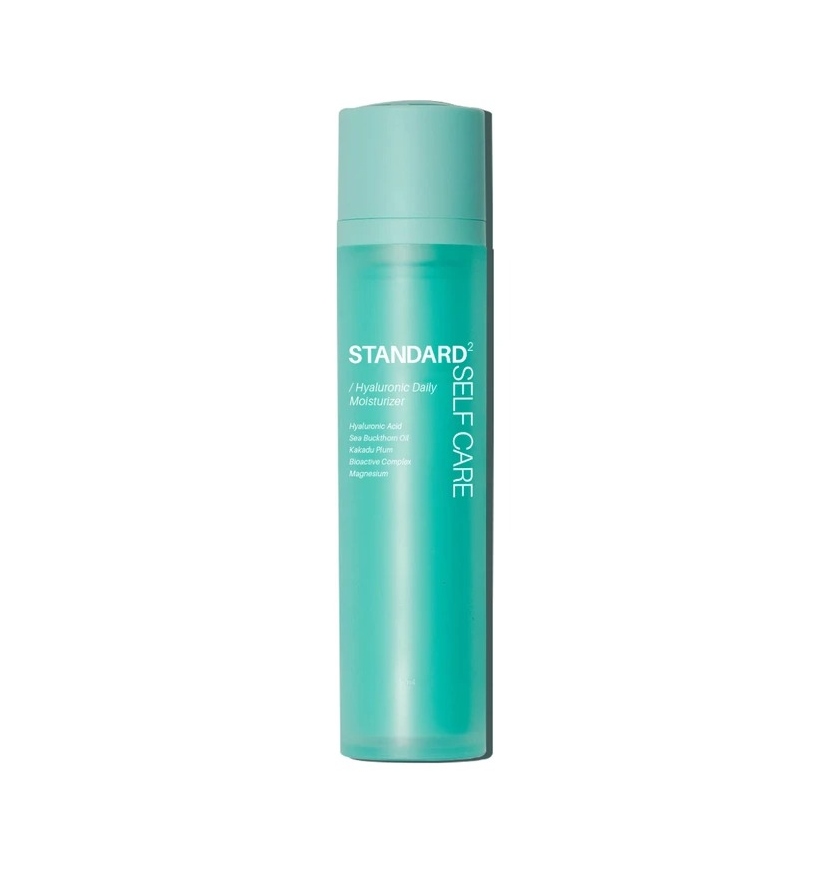
Up Next: Derms Say These 10 Hydrating Serums Are Dry Skin’s Worst Nightmare
